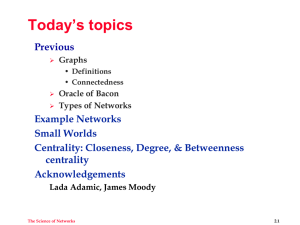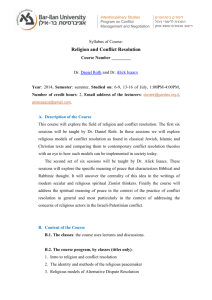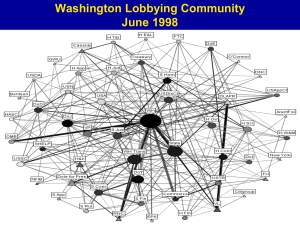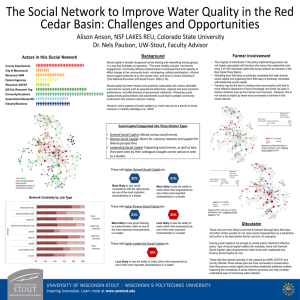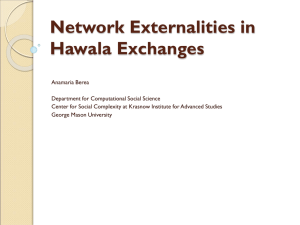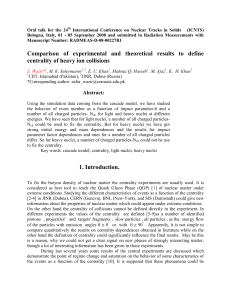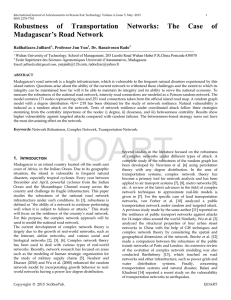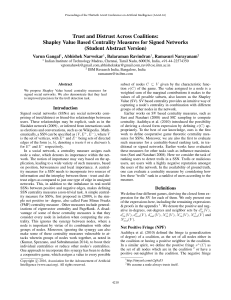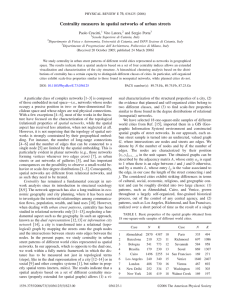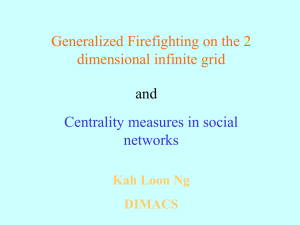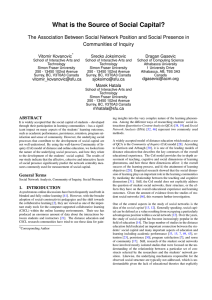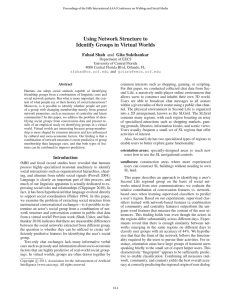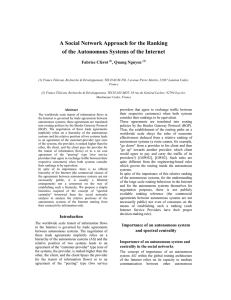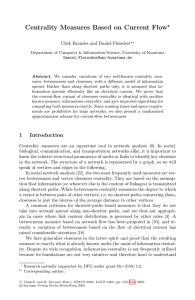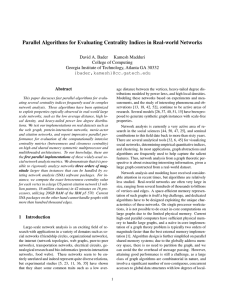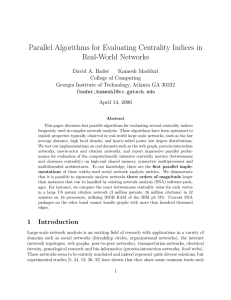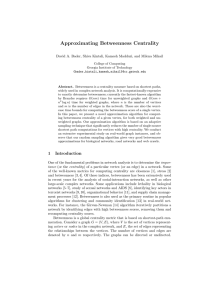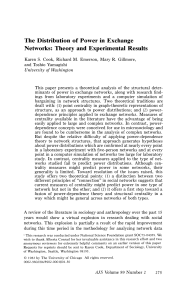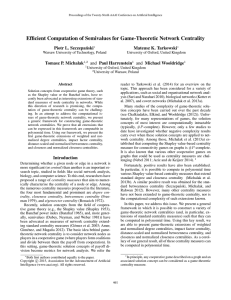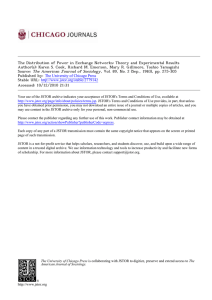Thomas Oles, 11.329, 13 September 2005
advertisement
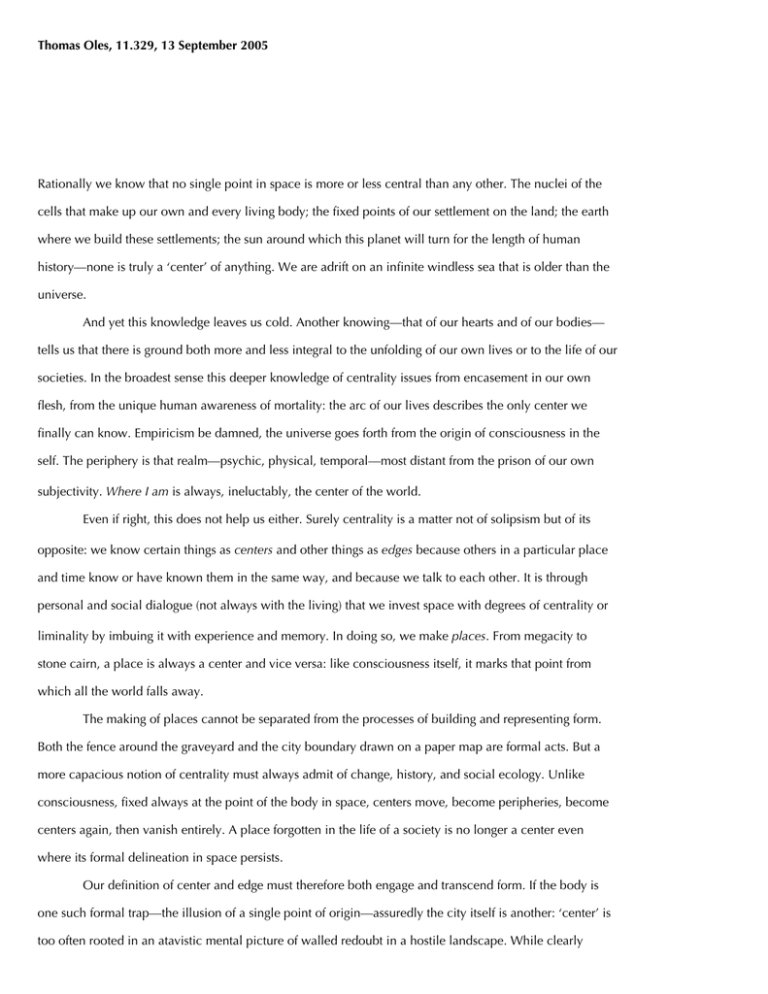
Thomas Oles, 11.329, 13 September 2005 Rationally we know that no single point in space is more or less central than any other. The nuclei of the cells that make up our own and every living body; the fixed points of our settlement on the land; the earth where we build these settlements; the sun around which this planet will turn for the length of human history—none is truly a ‘center’ of anything. We are adrift on an infinite windless sea that is older than the universe. And yet this knowledge leaves us cold. Another knowing—that of our hearts and of our bodies— tells us that there is ground both more and less integral to the unfolding of our own lives or to the life of our societies. In the broadest sense this deeper knowledge of centrality issues from encasement in our own flesh, from the unique human awareness of mortality: the arc of our lives describes the only center we finally can know. Empiricism be damned, the universe goes forth from the origin of consciousness in the self. The periphery is that realm—psychic, physical, temporal—most distant from the prison of our own subjectivity. Where I am is always, ineluctably, the center of the world. Even if right, this does not help us either. Surely centrality is a matter not of solipsism but of its opposite: we know certain things as centers and other things as edges because others in a particular place and time know or have known them in the same way, and because we talk to each other. It is through personal and social dialogue (not always with the living) that we invest space with degrees of centrality or liminality by imbuing it with experience and memory. In doing so, we make places. From megacity to stone cairn, a place is always a center and vice versa: like consciousness itself, it marks that point from which all the world falls away. The making of places cannot be separated from the processes of building and representing form. Both the fence around the graveyard and the city boundary drawn on a paper map are formal acts. But a more capacious notion of centrality must always admit of change, history, and social ecology. Unlike consciousness, fixed always at the point of the body in space, centers move, become peripheries, become centers again, then vanish entirely. A place forgotten in the life of a society is no longer a center even where its formal delineation in space persists. Our definition of center and edge must therefore both engage and transcend form. If the body is one such formal trap—the illusion of a single point of origin—assuredly the city itself is another: ‘center’ is too often rooted in an atavistic mental picture of walled redoubt in a hostile landscape. While clearly centrality has much to do with our ability to see things as distinct from other things—to distinguish figure from ground, fenced settlement from land around it—we must think of centrality in ways that do not privilege this visual information. To that end I propose an alternative notion of the center grounded not in what is seen but rather in what is overheard: Centers are places of displaced dialogue; they are places where, eavesdropping, we understand. What is more, we do not have a choice in the matter: in the center we are forced—whether by dint of physical proximity or social convention—to attend to the voices of others. Whether at a headstone or in the middle of a city, it is impossible to turn away from these voices, whether of strangers or friends, even where the body itself recoils. The degree to which we do not understand—and thus find it possible to turn away in confusion or disgust—is the degree to which a place may truly be said to be peripheral or strange. In contrast, the center is that place where we have no choice but to admit the overheard voice into the prison of our own consciousness; that place where we become most aware of the conditionality of our own solipsism and, in doing so, come closest to transcending it. The center is therefore the place of empathy amid indifference.
